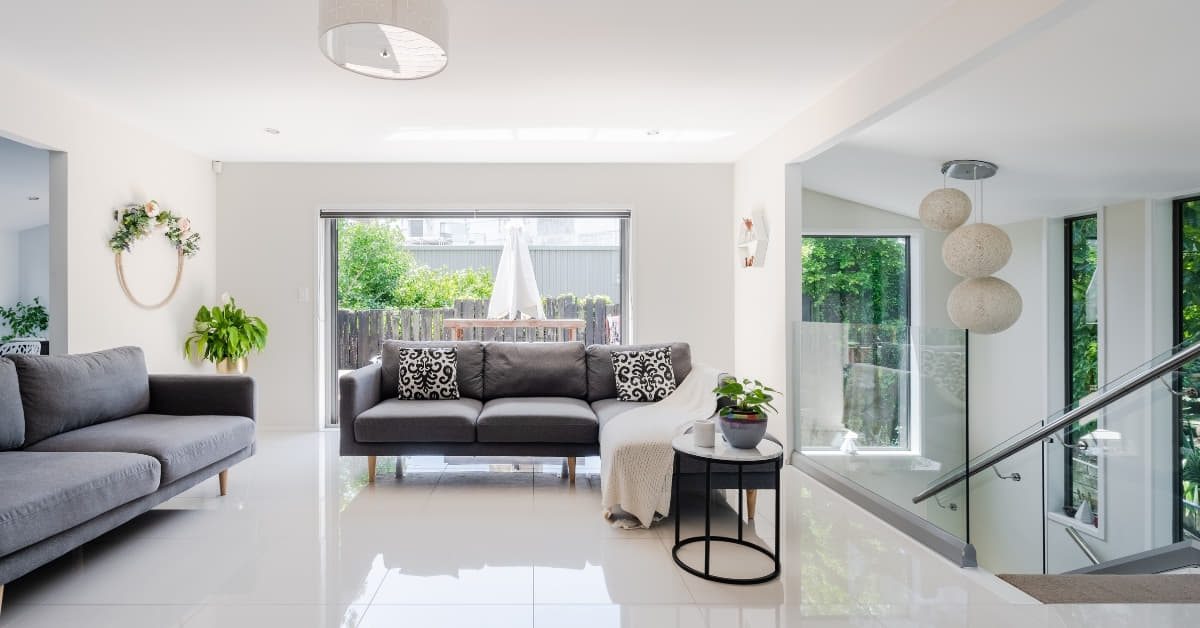In the ever-evolving realm of real estate, the importance of visually appealing images cannot be overstated. A property’s first impression is often formed through its visuals, making it crucial for real estate professionals to invest in high-quality photography. Real estate photo blending services have emerged as a game-changer, seamlessly combining multiple images to create stunning, well-exposed, and vibrant visuals that captivate potential buyers. In this article, we delve into the world of real estate photo blending services, exploring their significance and how they can elevate property marketing.
Understanding Real Estate Photo Blending Services
This technique, akin to a photographic alchemy, intricately balances lighting and perspectives to craft captivating visuals that redefine property presentation.
What is Photo Blending?
Photo blending involves merging multiple images of a property to achieve a single, perfectly balanced photograph. This process is particularly beneficial when dealing with challenging lighting conditions or capturing both interior and exterior spaces in one frame.
The Importance of Blended Photos in Real Estate:
- Enhanced Exposure: Photo blending ensures that every part of the property is well-exposed, from the sunlit exterior to the dimly lit interiors.
- Highlighting Key Features: This technique allows photographers to emphasize specific features, such as a breathtaking view, a well-designed kitchen, or a spacious living area.
- Creating a Cohesive Look: Blending photos creates a seamless transition between different spaces, presenting the property as a harmonious living environment.
Benefits of Real Estate Photo Blending Services
From heightened buyer interest to gaining a competitive edge, these benefits redefine how properties are portrayed in the competitive real estate landscape.
1. Increased Buyer Interest:
Properties with professionally blended photos tend to attract more potential buyers. The enhanced visual appeal provides a comprehensive view of the property, sparking interest and curiosity.
2. Competitive Edge:
In a saturated real estate market, standing out is essential. Utilizing photo blending services gives listings a competitive edge by presenting them in the best possible light, both figuratively and literally.
3. Time and Cost Efficiency:
Rather than investing in expensive equipment or lengthy post-processing, outsourcing photo blending services to professionals allows real estate agents and photographers to focus on their core responsibilities.
FAQs
What is the turnaround time for real estate photo blending services?
The turnaround time for photo blending services varies depending on the complexity and quantity of images. Typically, reputable service providers offer quick and efficient turnaround times to meet tight marketing schedules.
Can photo blending be done for both residential and commercial properties?
Yes, real estate photo blending services are versatile and can be applied to both residential and commercial properties. Whether it’s a cozy home or a sprawling office space, blending techniques can enhance the visual appeal of any property.
How do I choose the right photo blending service provider?
Consider factors such as the provider’s reputation, portfolio, customer reviews, and pricing. Look for a service that aligns with your specific needs and offers a balance between quality and affordability.
Is there any specific software used for real estate photo blending?
Professional photo blending services use advanced software such as Adobe Photoshop or specialized real estate photo editing software to ensure high-quality results.
Conclusion
In the competitive world of real estate, making a lasting impression is vital. Real estate photo blending services offer a powerful solution to enhance the visual appeal of property listings, attracting more potential buyers and setting them apart from the competition. By investing in these services, real estate professionals can elevate their marketing efforts and showcase properties in the best possible light.
This page was last edited on 25 February 2024, at 11:53 am
